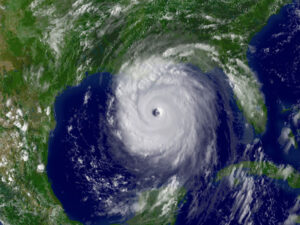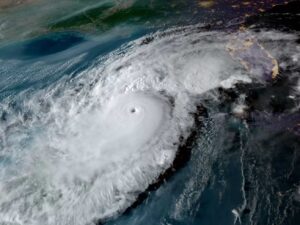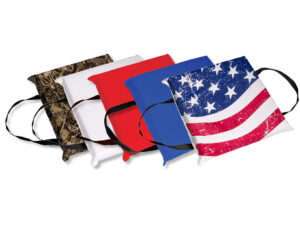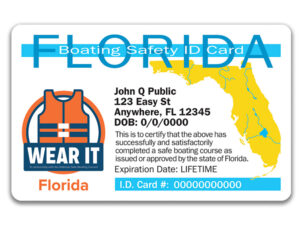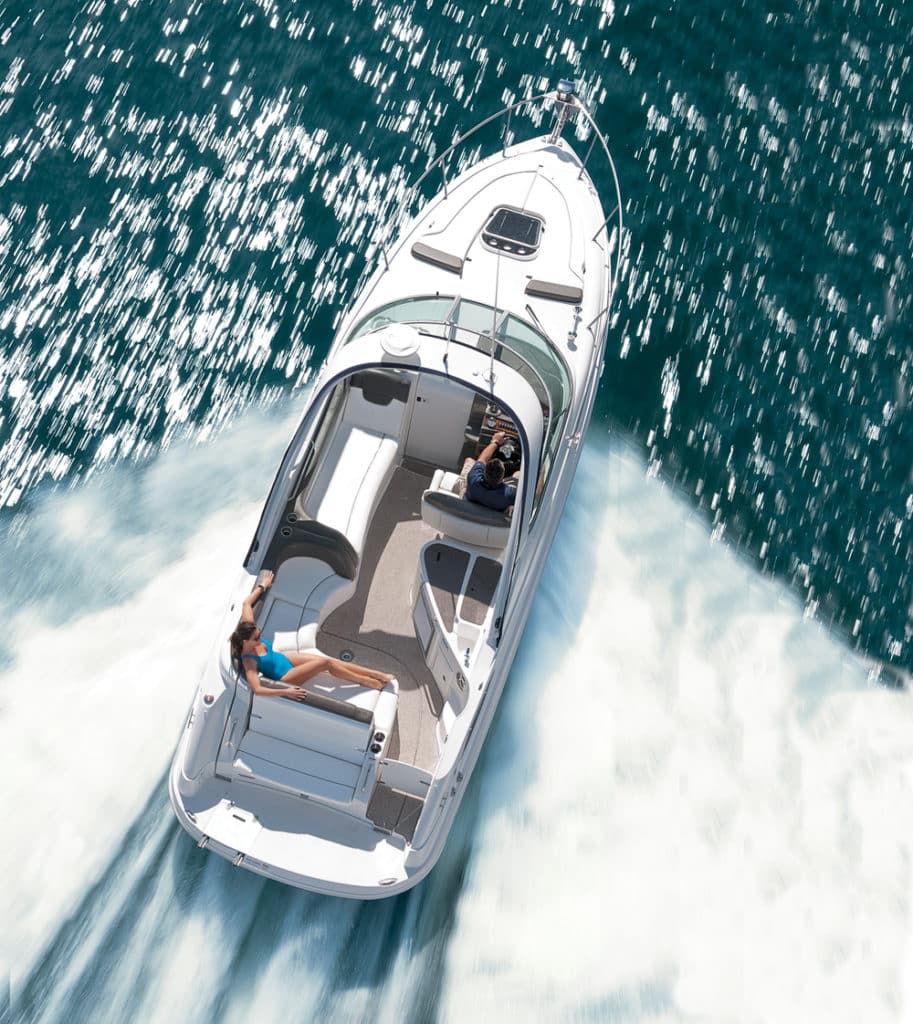
How Noise Levels Affect Boaters
The call came from a boatbuilder — I won’t say which — that had an issue with some of our recorded performance numbers. Not the speed or fuel consumption, the things we typically field calls about, but our A-scale decibel (dbA) readings. The builder felt our numbers were high and called us because its engineers knew sound level readings are important. We know it too.
Aboard a boat you are subjected to both high frequency and low frequency waves from the engine and the forces of the boat meeting resistance while in motion. You feel the low frequency waves as vibration — which over time can cause physical fatigue. But we are recording high frequency waves — sound — with our meters, because they have the most immediate impact.
The Occupational Safety and Health Administration (OSHA) has set a legal workplace limit that dictates workers can be continuously exposed to sounds up to 90 dbA during an eight-hour workday. When the sound is increased by 5 dbA, the allowed exposure is cut in half. The 90 number is significant because studies show that extended exposure above that level causes nausea, fatigue, muscle tension, insomnia, an increased heart rate and a spike in blood pressure. It can also hinder concentration.
Plus, decibel levels affect communication. From the OSHA website (osha.gov):
-When noise levels are above 80 decibels (db), people have to speak very loudly.
-When levels are 85 to 90 db, they have to shout.
-When noise levels exceed 95 db, people have to move close together to hear each other at all.
Typically, our idle speed test numbers fall in the 60s, the same level as a casual conversation. As the boat climbs on plane, the engine noise revs up into the 70s. Then it climbs into the 80s at cruising speeds and into the 90s as it nears wide-open throttle; some noisy boats hit the 100s.
Here’s the builder’s issue: Its engineers recorded sound levels using a slow-weighted dbA scale, but with a special filter that reduced wind noise. We don’t use those. Wind noise is a real-world factor on boats.
On long runs, think of those OSHA workplace standards. And remember this: The Coast Guard limits watches to four-hour shifts to prevent fatigue. Try to limit your helm time to two or three hours. Take a break, catch your breath, and clear your head. You’ll be a safer, and more relaxed, boater for it.
Where the Sound Comes From
1. Engine Noise: Even today’s quieter engines still produce sound that affects you.
2. Wind Noise: On open helms, wind noise becomes a significant factor.
3. Water Hitting Hull: Resistance creates vibration.
How Loud is Loud?
Compare everyday items to the sound levels on your boat.
Vacuum – 75 dbA
Washing machine – 78 dbA
Diesel truck – 85 dbA
Jackhammer – 98 dbA
Jet flying at 100 feet – 103 dbA
Metallica concert – 118 dbA

